رد: اخبار سريعة عن الطائرات
Here are five more things that may surprise you about the F-35 Lightning II:
1. The F-35B is the first supersonic STOVL aircraft
For the first time in aviation history, a short-takeoff/vertical-landing (STOVL) fighter aircraft flew past the sound barrier. U.S. Marine Corps pilot Lt. Col. Matt Kelly flew the F-35B STOVL test aircraft, known as BF-2, to a speed of Mach 1.07, or 727 miles per hour on June 10, 2010. The test took place at 30,000 feet near Naval Air Station Patuxent River, Maryland.
2. The F-35 is the only aircraft you can see through while wearing a helmet
The F-35’s Helmet Mounted Display Systems projects information on the helmet’s visor, rather than on a traditional Heads-up Display (HUD), providing F-35 pilots with all the information they need to complete their missions and return home safely without having to take their eyes off the sky.
The F-35’s Distributed Aperture System (DAS) is a series of six infrared cameras mounted around the aircraft that sends real-time imagery to the helmet, allowing pilots to “look through” the airplane. Using this technology, pilots can see the environment around them – day or night- without a loss of quality or clarity. The DAS is also completely integrated with other sensors within the aircraft, so if the F-35′s radar detects something of interest, DAS’s software will closely analyze it and make the pilot aware of the potential threat.
3. It is the first stealth aircraft sold outside of the United States
The F-35 began as an effort known as the “Joint Strike Fighter Program” in the early 1990’s. The objective of this project was to create an exportable 5th Generation fighter that all U.S. services could use. Since its charter, the project has grown into a stealth aircraft, known as the F-35, with three variants and nine partner countries: Australia, Canada, Denmark, Italy, the Netherlands, Norway, Turkey, the United Kingdom and the United States.
Israel, Japan and the Republic of Korea have also joined the program through the Foreign Military Sales (FMS) process. With allies flying the F-35, the coalition is strengthened through the ability to share information and resources.
4. Every F-35 cockpit looks exactly the same in all variants and models for all customers
Unlike other legacy aircraft, the F-35 cockpit has a full panel-width glass touch-screen that the pilot interacts with through touch, cursor hooking and voice recognition. With this new technology, the pilot can change the size, location, and content of what appears on each window of their screen, including a large window with a Tactical Situation Display (TSD). With this system, the pilot can manipulate a different set of control panels and interact with a separate display with a simple command. Using sensor fusion, the pilots can also see a single integrated operational picture on the TSD. Sensor fusion provides an easy-to-understand picture of the battlespace in front of the pilot.
5. Nearly 300,000 parts with approximately 11,000 unique part numbers are used to build the F-35
All the components needed to build the F-35 come together at Lockheed Martin's mile-long factory in Fort Worth, Texas. The F-35 production process is based on time-tested manufacturing principles, next generation tooling techniques and a highly skilled workforce. The F-35 production strategy is based on moving component assemblies, like wings and forward fuselages, from one build station to the next at a rate equal to the delivery rate. This production rhythm increases efficiencies, lowers costs and reduces span times, while synchronizing the delivery of parts, timing of tasks and positioning of personnel to achieve standard work in each line position. Production learning curves are beating legacy aircraft, costs have come down more than 50 percent since the procurement of the first production aircraft, and the time it takes to build the F-35 has been reduced by nearly half.
Here are five more things that may surprise you about the F-35 Lightning II:
1. The F-35B is the first supersonic STOVL aircraft
For the first time in aviation history, a short-takeoff/vertical-landing (STOVL) fighter aircraft flew past the sound barrier. U.S. Marine Corps pilot Lt. Col. Matt Kelly flew the F-35B STOVL test aircraft, known as BF-2, to a speed of Mach 1.07, or 727 miles per hour on June 10, 2010. The test took place at 30,000 feet near Naval Air Station Patuxent River, Maryland.
2. The F-35 is the only aircraft you can see through while wearing a helmet
The F-35’s Helmet Mounted Display Systems projects information on the helmet’s visor, rather than on a traditional Heads-up Display (HUD), providing F-35 pilots with all the information they need to complete their missions and return home safely without having to take their eyes off the sky.
The F-35’s Distributed Aperture System (DAS) is a series of six infrared cameras mounted around the aircraft that sends real-time imagery to the helmet, allowing pilots to “look through” the airplane. Using this technology, pilots can see the environment around them – day or night- without a loss of quality or clarity. The DAS is also completely integrated with other sensors within the aircraft, so if the F-35′s radar detects something of interest, DAS’s software will closely analyze it and make the pilot aware of the potential threat.
3. It is the first stealth aircraft sold outside of the United States
The F-35 began as an effort known as the “Joint Strike Fighter Program” in the early 1990’s. The objective of this project was to create an exportable 5th Generation fighter that all U.S. services could use. Since its charter, the project has grown into a stealth aircraft, known as the F-35, with three variants and nine partner countries: Australia, Canada, Denmark, Italy, the Netherlands, Norway, Turkey, the United Kingdom and the United States.
Israel, Japan and the Republic of Korea have also joined the program through the Foreign Military Sales (FMS) process. With allies flying the F-35, the coalition is strengthened through the ability to share information and resources.
4. Every F-35 cockpit looks exactly the same in all variants and models for all customers
Unlike other legacy aircraft, the F-35 cockpit has a full panel-width glass touch-screen that the pilot interacts with through touch, cursor hooking and voice recognition. With this new technology, the pilot can change the size, location, and content of what appears on each window of their screen, including a large window with a Tactical Situation Display (TSD). With this system, the pilot can manipulate a different set of control panels and interact with a separate display with a simple command. Using sensor fusion, the pilots can also see a single integrated operational picture on the TSD. Sensor fusion provides an easy-to-understand picture of the battlespace in front of the pilot.
5. Nearly 300,000 parts with approximately 11,000 unique part numbers are used to build the F-35
All the components needed to build the F-35 come together at Lockheed Martin's mile-long factory in Fort Worth, Texas. The F-35 production process is based on time-tested manufacturing principles, next generation tooling techniques and a highly skilled workforce. The F-35 production strategy is based on moving component assemblies, like wings and forward fuselages, from one build station to the next at a rate equal to the delivery rate. This production rhythm increases efficiencies, lowers costs and reduces span times, while synchronizing the delivery of parts, timing of tasks and positioning of personnel to achieve standard work in each line position. Production learning curves are beating legacy aircraft, costs have come down more than 50 percent since the procurement of the first production aircraft, and the time it takes to build the F-35 has been reduced by nearly half.




 أوقف الأسطول بسبب تشققات في الهيكل الأولي أثناء الفحص
أوقف الأسطول بسبب تشققات في الهيكل الأولي أثناء الفحص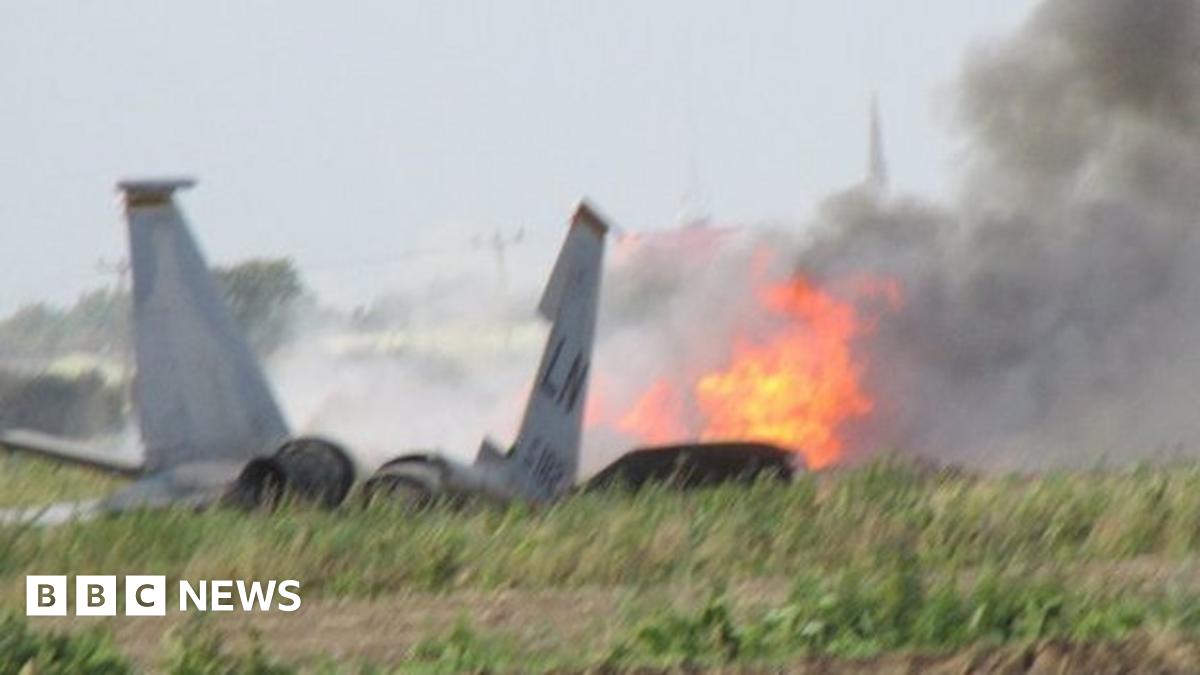






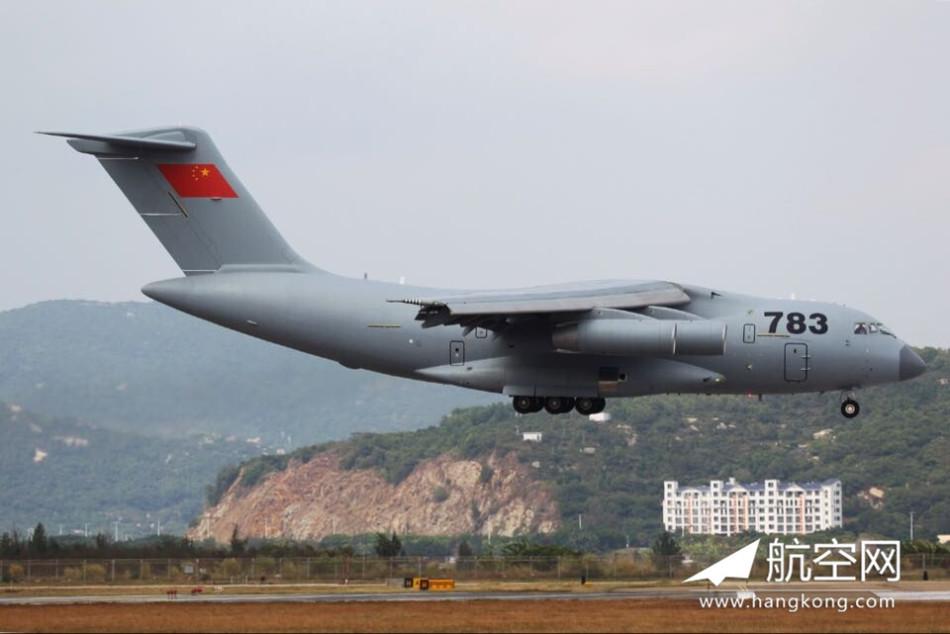
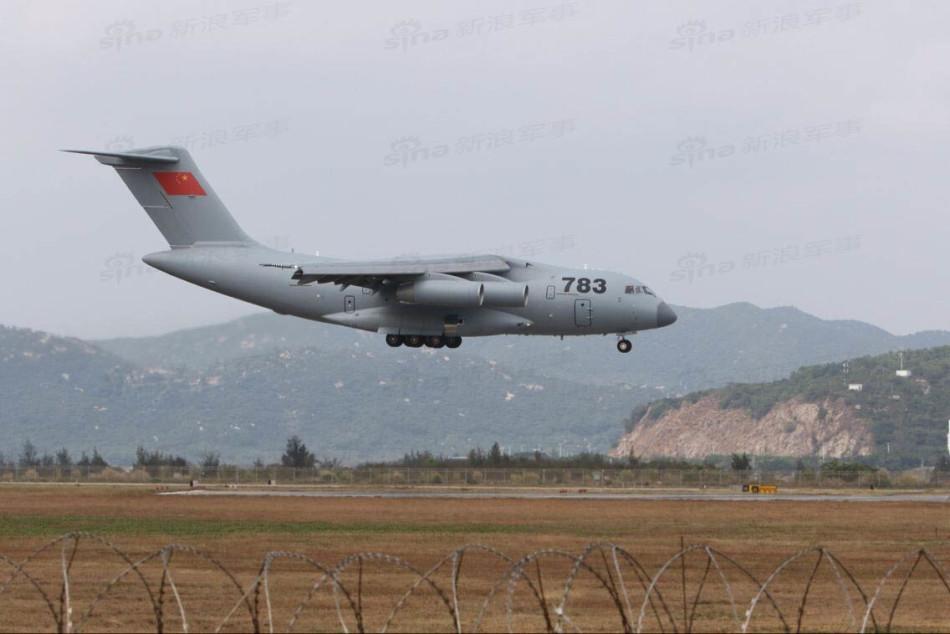
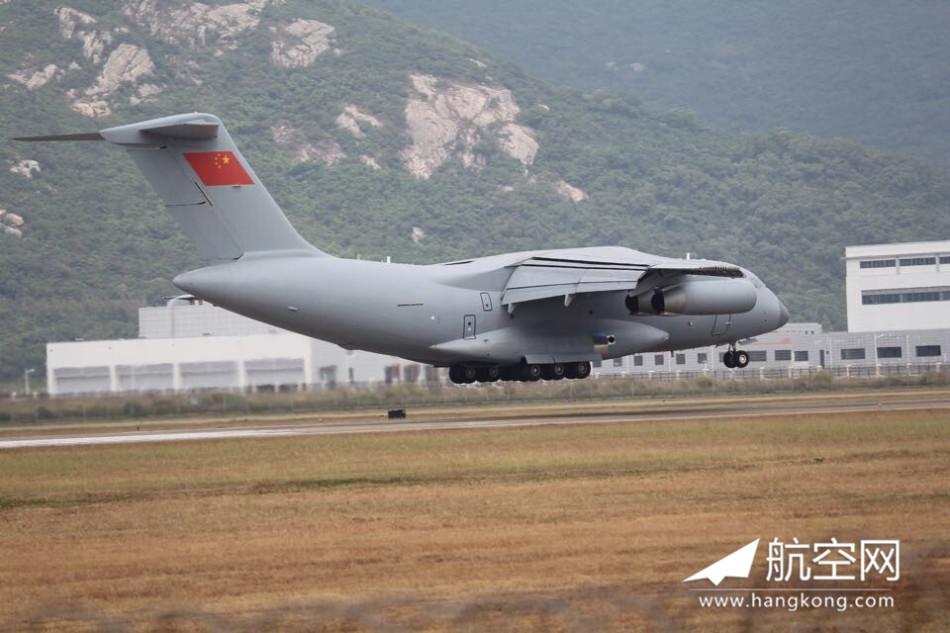
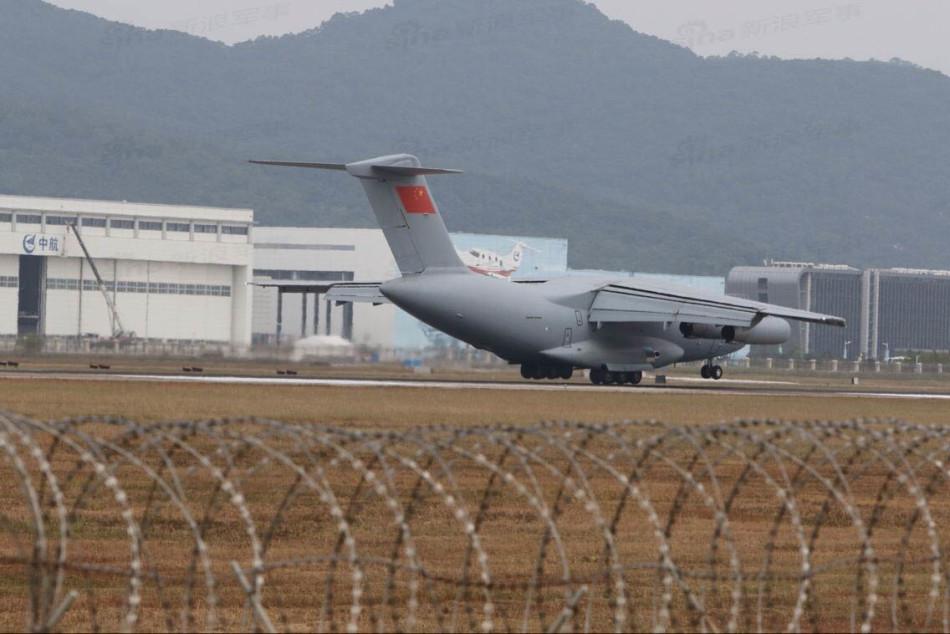



















تعليق